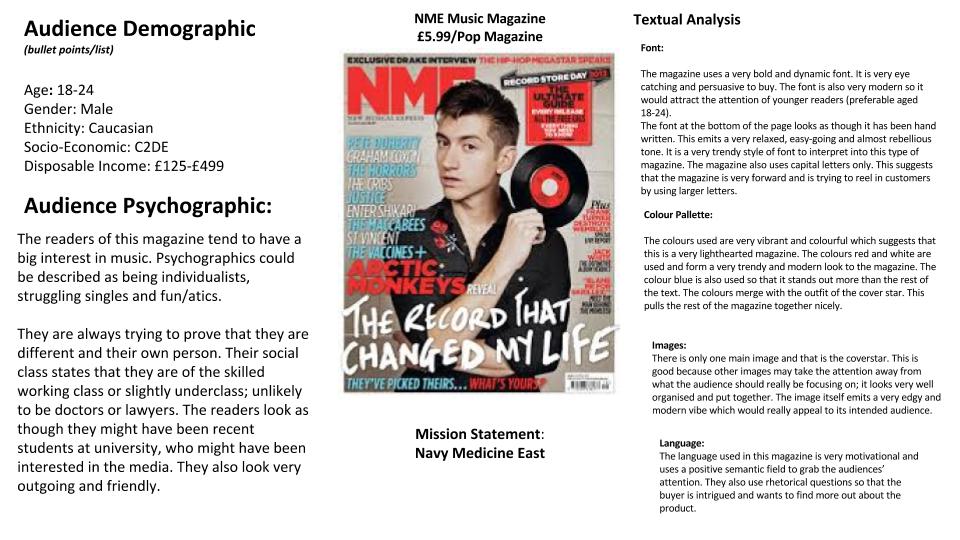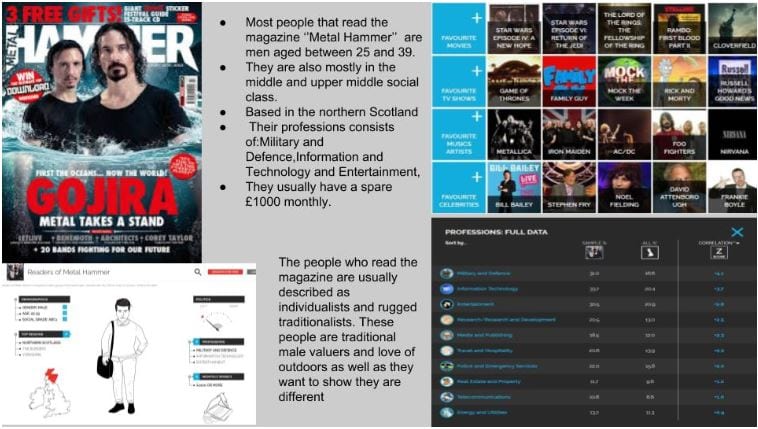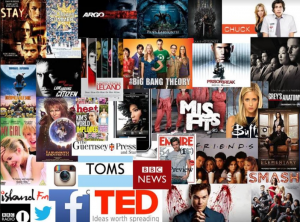A Media Ecology or Ecosystem?
Starter Question…
How does a magazine aimed at young people survive in an age when its audience gets most of its entertainment, social interaction, information and personal identity online?
Answer – it doesn’t!
Case Study – Teen Vogue
In 2018 Teen Vogue stopped running a print edition!
What are the implications of this?
How does a magazine survive when a significant portion of its revenue comes from the sale of the physical magazine?
Analysis
In pairs explore the design and analyse the features of Teen Vogue’s online content and ask yourself – ‘how is the content working to engage the audience and how is it making money?’
Be prepared to answer the following questions:
- What is the colour scheme used in by Teen Vogue?
- What is the design of the Teen Vogue Masthead?
- What sort of issues and articles does it cover?
- What sort of images accompany the articles?
- What tone of voice does the headlines and copy adopt?
- What adverts pop up on their platforms?
- How does the content encourage clicks and shares?
Key Note Articles
Read through the article and use it to develop your answers and answer the following essay.
Follow up with this article from the BBC about winners and losers in magazine sales.
Essay (750 words)
‘New media will eventually replace traditional media.’ To what extent do you agree with this statement? You should refer to print media in your answer.
Structure the Essay
- Introduction and Context
- Why are media institution moving online?
- Name your case studies and identify the institutional context.
- Which online platforms are publishers using to reach an audience?
- How does print media make its money and how does this change with the move online?
- How is advertising placed and targeted in online platforms?
- What is the importance of clicks, shares and audience participation?
- Why is branding still important online?
- How is brand identity constructed online?
- How is this integrated and coherent across platforms?
- How are images and copy used to attract, interest and engage the audience?
- How does online content broaden audience appeal?
- What sort of stories and issues are featured?
- What ‘tone of voice’ do online publishers use in their headlines and copy?
- The Future of Online Publishing
- What future do newspapers and magazines have in the online age?
- Is there anything to worry about in terms of our freedom of expression?




